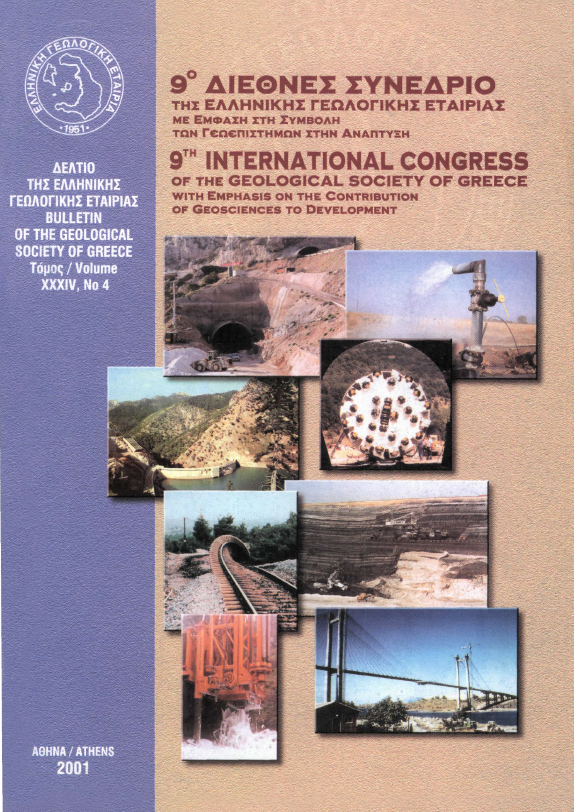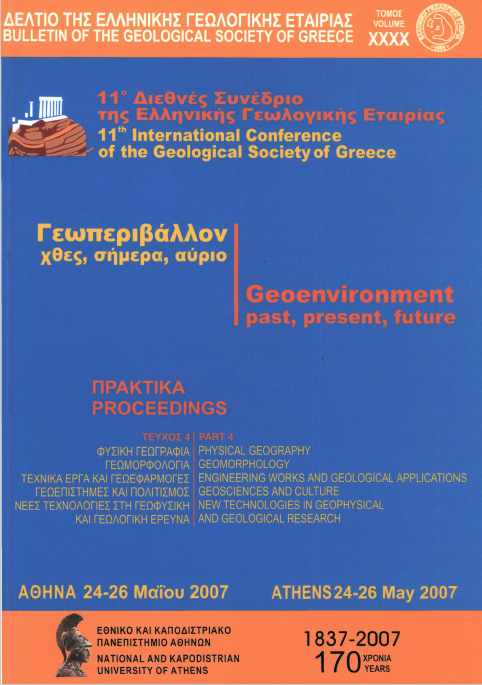Ground penetrating radar and electrical resistivity tomography for locating buried building foundations: A case study in the city centre of Thessaloniki, Greece

Abstract
Ground penetrating radar (GPR) and electrical resistivity tomography (ERT) surveys have been carried out in the city centre of Thessaloniki (N. Greece), for investigating possible locations of buried building foundations. Geophysical survey has been chosen as a non-destructive investigation method since the area is currently used as a car parking and it is covered by asphalt. The geoelectrical sections derived from ERT data in combination with the GPR profiles provided a broad view of the subsurface. Regarding ERT, high resistivity values can be related to buried building remains, while lower resistivity values are more related to the surrounding geological materials. GPR surveying can also indicate man-made structures buried in the ground. Even though the two geophysical methods are affected in different ways by the subsurface conditions, the processed underground images from both techniques revealed great similarity. High resistivity anomalies and distinct GPR signals were observed in certain locations of the area under investigation, which are attributed to buried building foundations as well as the geological structure of the area.
Article Details
- How to Cite
-
Vargemezis, G., Diamanti, N., Fikos, I., Stampolidis, A., Makedon, T., & Chatzigogos, N. (2013). Ground penetrating radar and electrical resistivity tomography for locating buried building foundations: A case study in the city centre of Thessaloniki, Greece. Bulletin of the Geological Society of Greece, 47(3), 1355–1365. https://doi.org/10.12681/bgsg.10946
- Section
- Geophysics and Seismology

This work is licensed under a Creative Commons Attribution-NonCommercial 4.0 International License.
Authors who publish with this journal agree to the following terms:
Authors retain copyright and grant the journal right of first publication with the work simultaneously licensed under a Creative Commons Attribution Non-Commercial License that allows others to share the work with an acknowledgement of the work's authorship and initial publication in this journal.
Authors are able to enter into separate, additional contractual arrangements for the non-exclusive distribution of the journal's published version of the work (e.g. post it to an institutional repository or publish it in a book), with an acknowledgement of its initial publication in this journal. Authors are permitted and encouraged to post their work online (preferably in institutional repositories or on their website) prior to and during the submission process, as it can lead to productive exchanges, as well as earlier and greater citation of published work.










